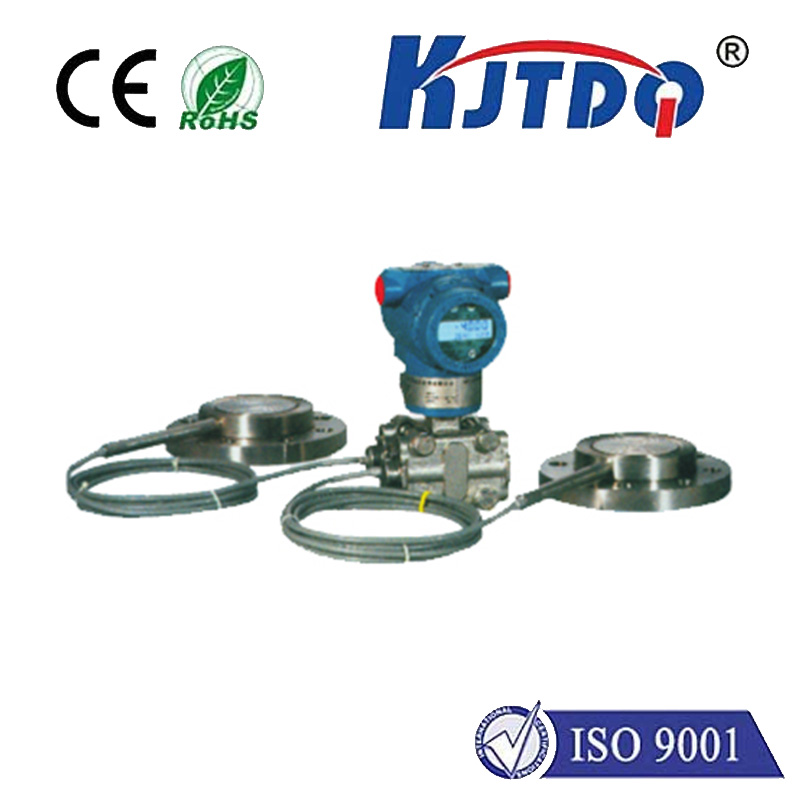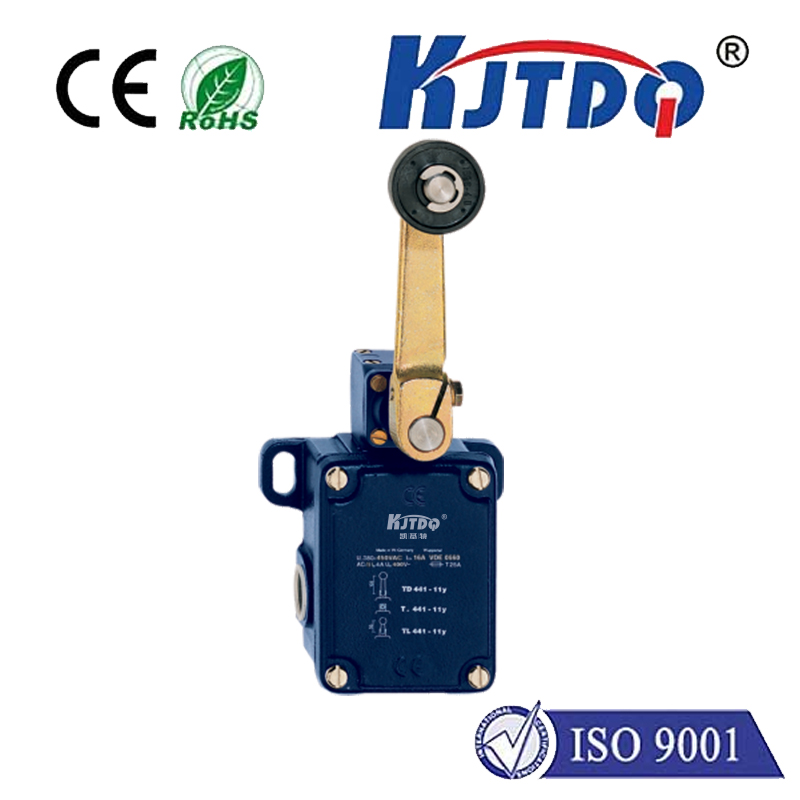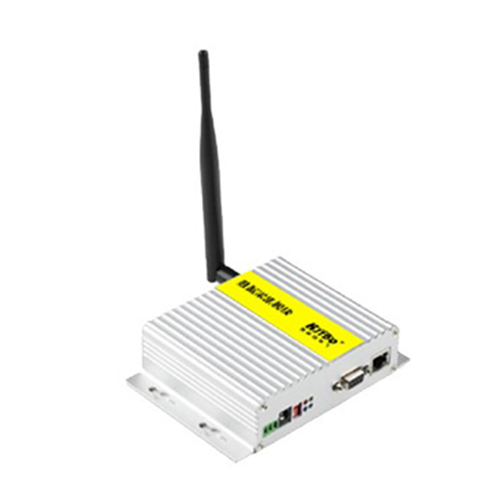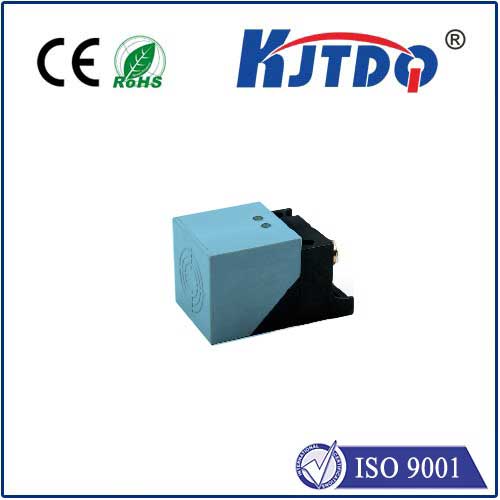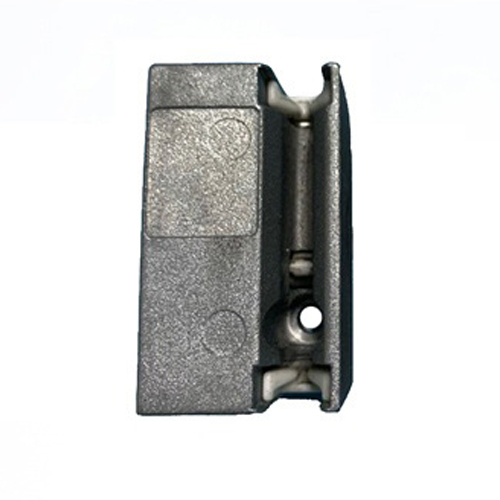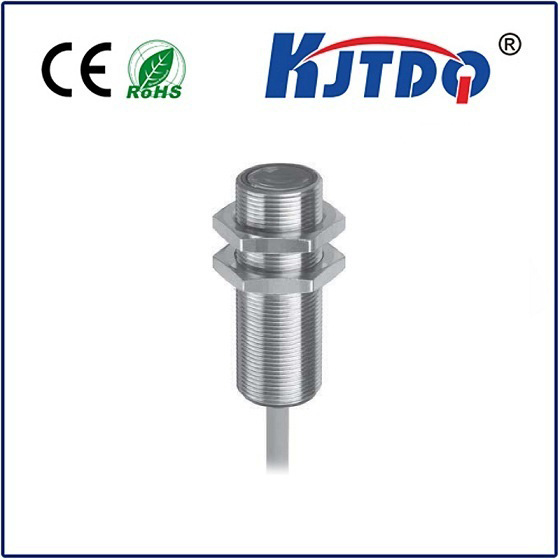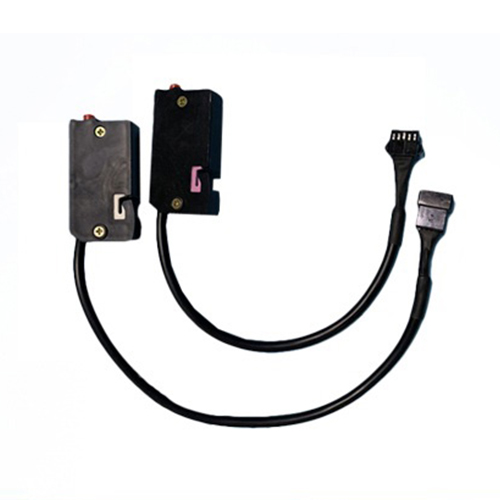BI8-M18-AP6X proximity sensor
- time:2025-09-22 09:34:51
- Нажмите:0
BI8-M18-AP6X: The Essential M18 Inductive Proximity Sensor for Robust Industrial Automation
In the intricate dance of modern manufacturing and automation, countless unseen components work tirelessly to ensure precision, safety, and efficiency. Among the most critical are proximity sensors, the silent sentinels that detect the presence or absence of objects without physical contact. And when it comes to reliability in demanding industrial environments, the BI8-M18-AP6X inductive proximity sensor stands out as a cornerstone solution. Understanding its capabilities is key to optimizing machine performance.
This specific model designation packs a wealth of information. ‘BI8’ typically denotes the product series or family. ‘M18’ clearly indicates the 18mm cylindrical threaded barrel housing, one of the most common and versatile form factors in industrial sensing. ‘AP6X’ points towards the specific variant within that series, often signifying details like sensing distance, output type (PNP/NPN), and electrical connection (like pre-wired or connector style). Specifically, the BI8-M18-AP6X is renowned for being a DC 3-wire sensor, commonly featuring a PNP normally open (NO) output configuration. Its design is purpose-built for the rigors of the factory floor.
The Inductive Principle: Non-Contact Detection at its Core
The BI8-M18-AP6X operates on the fundamental principle of inductive sensing. Inside its rugged M18 housing lies an oscillator coil generating a high-frequency electromagnetic field at its sensing face. When a metallic target (typically ferrous metals like steel or iron, or non-ferrous metals like aluminum, brass, or copper, though sensing distance varies) enters this field, eddy currents are induced within the target. This interaction causes a measurable damping effect on the oscillator’s amplitude.
Sophisticated circuitry within the BI8-M18-AP6X continuously monitors this amplitude. Once the damping reaches a predefined threshold – meaning the target is close enough – the sensor’s internal solid-state switch activates. This instantly changes the output state, signaling the presence of the target to the connected control system (like a PLC). This all happens without any physical contact, eliminating wear and tear and enabling high-speed detection crucial for fast-paced automation.

Unpacking the Strengths: Why Choose the BI8-M18-AP6X?
The widespread adoption of sensors like the BI8-M18-AP6X isn’t accidental. Several key features make them indispensable:
- Ruggedness and Durability: Encased in nickel-plated brass or stainless steel, the M18 body offers exceptional resistance to impacts, vibration, and harsh chemicals. Its standard IP67 sealing rating ensures reliable operation despite exposure to dust, oils, coolants, and temporary submersion, making it suitable for washdown areas.
- Reliable Inductive Sensing: Immune to ambient light, dirt (unless metallic), moisture, and non-metallic objects, inductive sensors excel in dirty or complex environments where optical sensors might falter. They provide consistent, long-term detection of metallic objects.
- Standardized Form Factor: The ubiquitous M18 threaded barrel (typically 18mm diameter, 1mm pitch) allows for easy mounting using standard locknuts in countless pre-drilled holes on machinery, brackets, or fixtures. This simplifies installation and replacement.
- Factory Automation Compatibility: Designed as a DC 3-wire sensor, the BI8-M18-AP6X integrates seamlessly with standard 24V DC industrial control systems. Its PNP output configuration (sourcing) is prevalent in many regions and PLC input modules.
- Cost-Effectiveness: Offering a robust blend of performance, durability, and standardization, the BI8-M18-AP6X delivers excellent value for a wide range of detection tasks, minimizing downtime and maintenance costs.
Key Specifications to Consider
Understanding the BI8-M18-AP6X’s specifications is vital for correct application:
- Sensing Distance (Sn): Typically offers a rated operating distance (Sn) of around 4mm for mild steel (Fe360). Crucially, this distance is reduced for non-ferrous metals (e.g., aluminum might be ~1.5-2mm). Always refer to the datasheet for specific reduction factors.
- Operating Voltage: Designed for 10-30V DC, aligning perfectly with standard industrial 24V DC power supplies.
- Output Configuration: Most commonly PNP (sourcing), Normally Open (NO). When a target is detected, the output switches to +24V.
- Output Current: Typically around 200 мА, sufficient to drive PLC inputs, small relays, or indicator lamps directly.
- Switching Frequency: Capable of high-speed detection, often around 1 kHz, allowing it to track objects moving at significant speeds on production lines.
- Hysteresis: Features built-in hysteresis to prevent output chatter when a target is near the sensing boundary.
- Connection: Usually supplied with a 2m PVC-sheathed cable (with standard color coding: brown = +V, blue = 0V, black = signal), or sometimes a quick-disconnect connector variant.
- Temperature Range: Operates reliably within a broad -25°C to +70°C range.
Where the BI8-M18-AP6X Excels: Applications Galore
The versatility of the BI8-M18-AP6X makes it a workhorse across countless industrial sectors:
- Position Verification: Confirming parts are present and correctly positioned in jigs, fixtures, or on conveyor belts before machining or assembly proceeds.
- End-of-Travel Detection: Signaling when cylinders or slides reach their extended or retracted positions reliably.
- Pneumatic Cylinder Feedback: Detecting piston position (using target flags) for sequence control and safety interlocks.
- Rotational Speed Monitoring: Counting gear teeth, detecting spindle rotation, or monitoring shaft revolutions per minute (RPM).
- Object Counting: Tallying products, bottles, or packages as they pass a fixed point on a conveyor.
- Level Detection: Monitoring the presence/absence of metal parts in bins, hoppers, or chutes.
- Machine Guarding: Serving as part of safety systems to detect guard door positions or unauthorized access, though typically requiring safety-rated devices for critical functions.
- Automotive Manufacturing: Used extensively on assembly lines for part presence, robot positioning, and tooling confirmation.
- Packaging Machinery: Detecting cans, bottles, caps, and moving components within high-speed wrappers and fillers.
Integrating with Confidence
Installing the BI8-M18-AP6X is generally straightforward:
- Mounting: Secure the sensor body using the provided locking nut in a drilled hole. Ensure the sensing face is correctly oriented and aligned with the target path.
- Electrical Connection: Connect the brown wire to +24V DC, the blue wire to 0V DC (common), and the black wire to the PLC input or load. Always double-check polarity!
- Adjustment: Mount the sensor so the target passes within its nominal sensing distance (Sn). Fine-tune the position to ensure reliable triggering without false positives. Remember the reduced sensing distance for non-ferrous metals.
For optimal performance, avoid mounting multiple sensors too close together, as their electromagnetic fields can interfere. Ensure targets are within the specified size and material parameters. The BI8-M18-AP6X proximity sensor represents the perfect synergy of standardized form, robust

